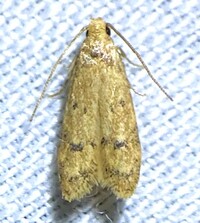
| Recorded by: Dean Furbish on 2025-10-23
Pender Co.
Comment: | 
| Recorded by: Jim Petranka on 2025-09-24
Madison Co.
Comment: |
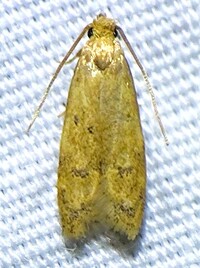
| Recorded by: Dean Furbish, Lior S. Carlson, John F. Jarvis on 2025-09-05
Orange Co.
Comment: | 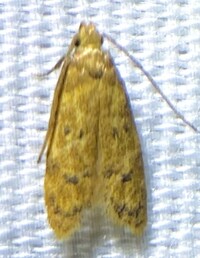
| Recorded by: Dean Furbish on 2025-08-16
Orange Co.
Comment: |
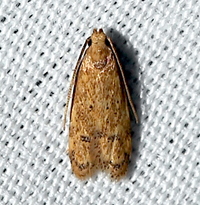
| Recorded by: David George, David Bradley, Becky Watkins, David Cheng, Michelle Lotker, Tracy Feldman, et al. on 2025-06-28
Durham Co.
Comment: | 
| Recorded by: Larry Chen, Sarah Toner on 2025-06-23
Dare Co.
Comment: |
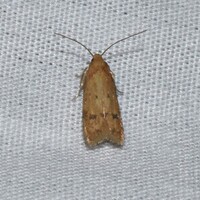
| Recorded by: David George, Jeff Niznik, Brian Bockhahn, Jim Petranka, John Petranka, Becky Elkin on 2025-05-09
Cumberland Co.
Comment: | 
| Recorded by: Jim Petranka and Becky Elkin on 2025-04-15
Bladen Co.
Comment: |
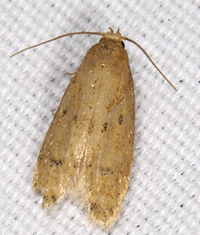
| Recorded by: John Petranka on 2024-10-06
Orange Co.
Comment: | 
| Recorded by: John Petranka on 2024-09-28
Orange Co.
Comment: |
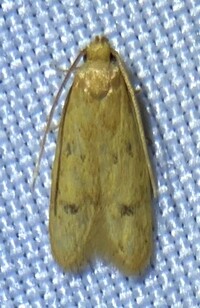
| Recorded by: Dean Furbish, Lior S. Carlson on 2024-09-18
Wake Co.
Comment: | 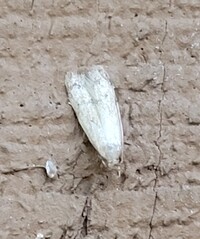
| Recorded by: Michael P. Morales on 2024-09-11
Cumberland Co.
Comment: |
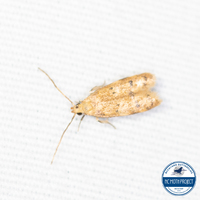
| Recorded by: Lior S. Carlson, Dean Furbish on 2024-08-17
Johnston Co.
Comment: | 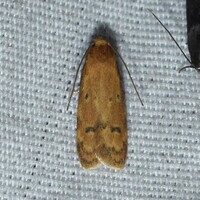
| Recorded by: David George, Jeff Niznik, Kevin Bischof on 2024-08-07
Transylvania Co.
Comment: |
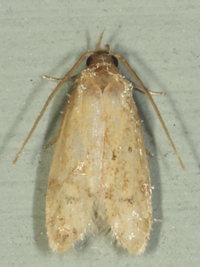
| Recorded by: John Petranka on 2024-07-31
Orange Co.
Comment: | 
| Recorded by: John Petranka on 2024-07-26
Orange Co.
Comment: |

| Recorded by: Jim Petranka on 2024-06-17
Madison Co.
Comment: | 
| Recorded by: David George, Steve Hall, Patrick Coin, Mark Basinger on 2024-06-16
Chatham Co.
Comment: |

| Recorded by: Jim Petranka on 2024-06-12
Madison Co.
Comment: | 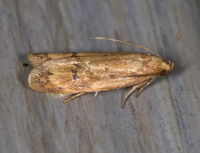
| Recorded by: Jim Petranka on 2024-06-12
Madison Co.
Comment: |

| Recorded by: David George, Jeff Niznik on 2024-06-10
Chatham Co.
Comment: | 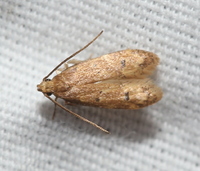
| Recorded by: David George, Tracy Feldman, Jeff Niznik, Rich Teper, Patrick Coin, Becky Watkins on 2024-06-08
Wake Co.
Comment: |
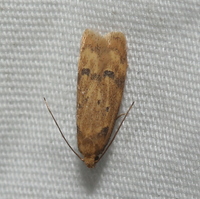
| Recorded by: David George, Jeff Niznik on 2024-06-01
Chatham Co.
Comment: | 
| Recorded by: Owen McConnell on 2024-06-01
Graham Co.
Comment: |

| Recorded by: Jeff Niznik on 2024-05-22
Orange Co.
Comment: | 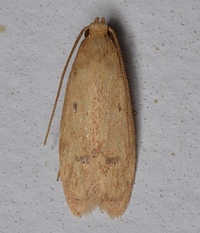
| Recorded by: Stephen Dunn on 2024-05-20
Orange Co.
Comment: |
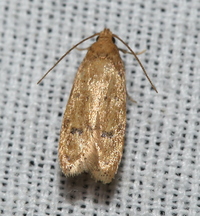
| Recorded by: David George, Rich Teper on 2024-05-13
Chatham Co.
Comment: | 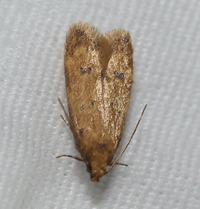
| Recorded by: David George, Rich Teper on 2024-05-13
Chatham Co.
Comment: |
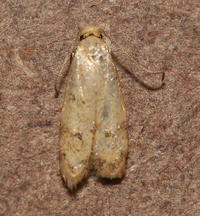
| Recorded by: David George, Jeff Niznik on 2024-04-29
Chatham Co.
Comment: | 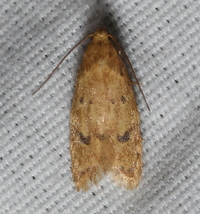
| Recorded by: David George, Stephen Dunn, Jeff Niznik on 2024-04-29
Chatham Co.
Comment: |
|

 »
»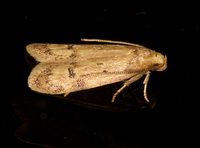
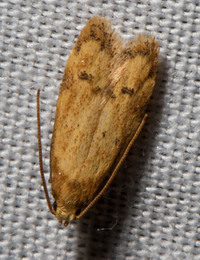
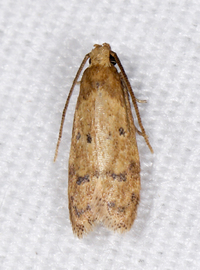


 »
»


